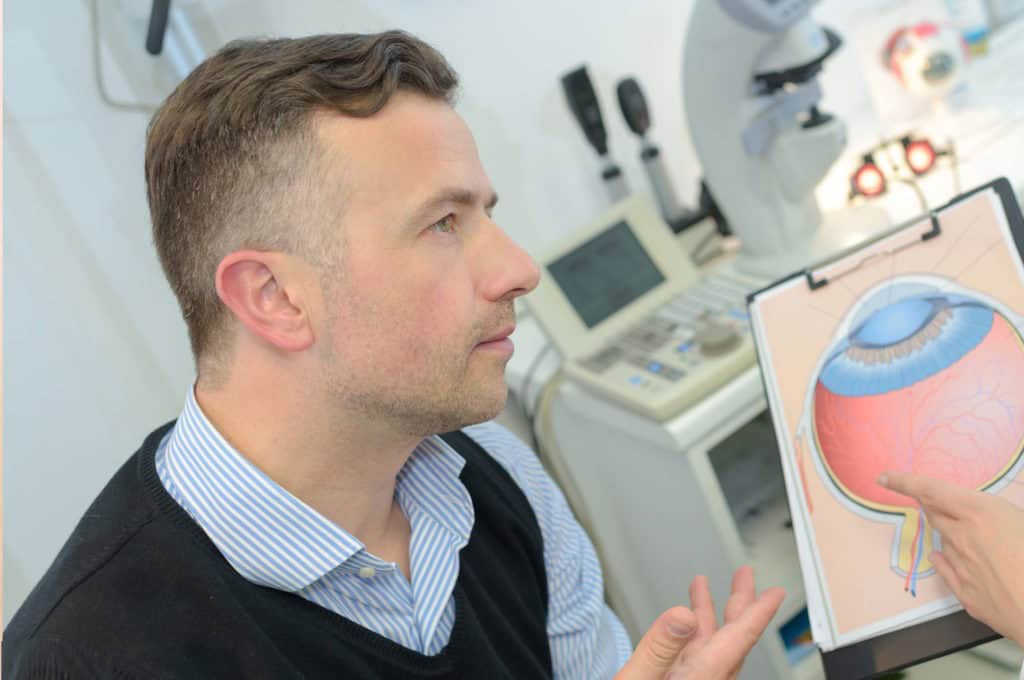NAION – Non-arteritic anterior ischemic optic neuropathy Treatment
Non-Arteritic Anterior Ischemic Optic Neuropathy (NAION) is a sudden, painless vision loss caused by damage to the optic nerve due to a lack of sufficient blood flow. This condition primarily affects people over the age of 50 and is the most common acute optic neuropathy in this age group. The reduction in blood flow is often associated with risk factors such as high blood pressure, diabetes, high cholesterol, and certain anatomical peculiarities like a small “crowded” optic disc. NAION typically affects one eye, but there is a risk of involvement in the second eye over time.
The onset of NAION is typically very sudden, with individuals often waking up to notice vision loss. The visual impairment can vary but commonly includes a field vision loss where a section of the visual field is missing. The severity of vision loss can range from minimal to profound, depending on the extent of the optic nerve damage.
Standard Medical Treatments for NAION
The management of NAION in conventional medicine focuses primarily on preventing further deterioration of vision and reducing the risk of the second eye being affected. Here are the key approaches:
-
Risk Factor Management: The most common approach involves controlling existing risk factors. Patients are advised to manage their blood pressure, sugar levels, and cholesterol through lifestyle changes and medication. This helps in reducing the risk of further vascular incidents that could lead to NAION in the other eye or worsen the current condition.
-
Medication: While there is no standard medication specifically for NAION, some doctors prescribe aspirin to reduce the risk of further ischemic episodes. The use of other medications like steroids has been explored, but there is limited evidence of their effectiveness in altering the course of NAION.
-
Observation: Due to the spontaneous nature of NAION and the lack of definitive treatments, observation is often a key component of the management strategy. This includes regular visits to an ophthalmologist to monitor the condition and ensure that no further deterioration occurs.
-
Low Vision Aids: For patients who experience significant vision loss, low vision aids like magnifiers or specialized glasses can be prescribed to help them adapt to their reduced vision and maintain their quality of life.
-
Surgical Options: In some cases, surgical intervention to relieve pressure on the optic nerve has been explored, such as optic nerve sheath decompression. However, this is controversial and not widely recommended due to mixed results on its efficacy and the potential for serious complications.
Emerging Research
Research into NAION continues, with studies exploring potential treatments that could better protect the optic nerve or enhance blood flow. These include investigations into the use of certain blood pressure medications, new surgical techniques, and even innovative therapies like stem cell treatment, although these are still in the experimental stages.
Natural Treatments for NAION
At our clinic, we embrace a holistic approach to vision recovery, focusing on natural treatments that support overall eye health and enhance blood flow to the optic nerve. Here are some of the key components of our natural treatment strategy:
-
Nutritional Therapy: A balanced diet rich in antioxidants, such as lutein, zeaxanthin, and omega-3 fatty acids, can help protect the optic nerve and improve circulation. We provide tailored nutritional plans that are designed to meet the specific needs of patients with NAION.
-
Acupuncture: This traditional therapy can promote healing and improve blood flow in the body, including the eyes. Our certified acupuncturists specialize in techniques that are believed to benefit those with optic nerve conditions.
-
Microstimulation: By applying gentle electrical stimulation to specific areas around the eyes, we can enhance nerve function and blood circulation, which might be beneficial in cases of NAION.
-
Stress Reduction Techniques: Stress can exacerbate many health conditions, including those affecting vision. We offer guided meditation, yoga, and other stress reduction programs to help manage stress and promote a healthier lifestyle.
-
Supplements: Certain supplements, including ginkgo biloba and grape seed extract, are known for their vascular benefits and antioxidant properties. After a thorough evaluation, we might recommend specific supplements to help improve blood flow to the optic nerve.
Join Our Community of Recovery
At our clinic, you’re not just a patient; you’re part of a community dedicated to natural healing and vision recovery. Our team is here to support you every step of the way, from initial diagnosis to ongoing management of your condition. With over 90% of our patients experiencing positive results, we are committed to providing the best natural care for NAION.
Recommended Supplements:
-
Sale!

Hydro Vision – H2 Vision – Molecular Hydrogen Tablets
Original price was: $60.00.$49.00Current price is: $49.00. Add to cart -
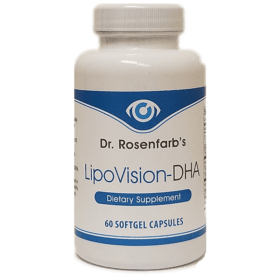
LipoVision-DHA
$30.00 Add to cart -
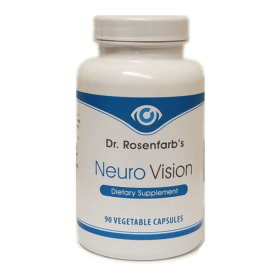
Neuro Vision
$70.00 Add to cart -
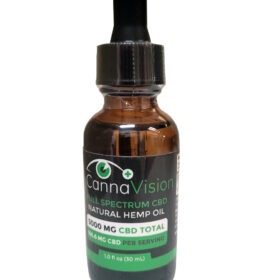
CannaVision Oil 5000MG
$149.00 Add to cart -
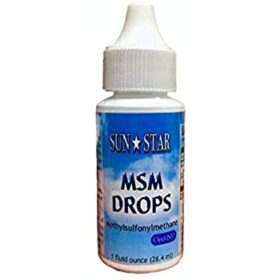
MSM Drops
$22.00 Add to cart -
Sale!
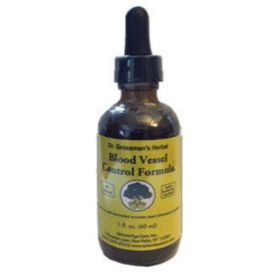
Blood Vessel Control Formula 2oz
Original price was: $50.00.$30.00Current price is: $30.00. Add to cart
How To Heal Your Eyes At Home
Our New groundbreaking at home treatment program
Rest Easy.
Your Vision Is Our Mission
Apply Now For A Consultation to Discover if In Office Treatments are Right for You.

